45 years of design: the ’90s
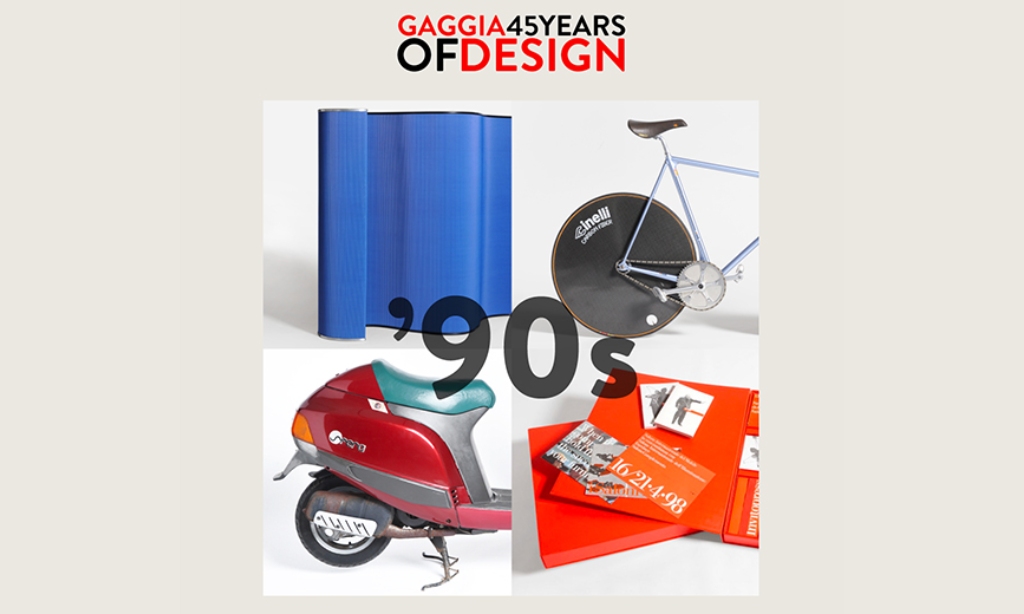
Our journey through the history of design continues in the controversial 90’s of the last century. Controversial because it was a contradictory and crazy period like no other.
In the short space of a few years the world changes, transforms itself completely, collects its own past in a disorderly fashion, making shreds of its certainties. It is preparing to bring everything into the new millennium, integrating and mixing the most diverse elements, contrary and opposite trends.
The old world is crumbling, the certainties that had given substance and strength to previous decades are falling one after the other; now the future of generations is uncertain, it is truly an unknowable mystery.
Eclecticism: this is the word we would choose to summarize the entire decade with a single term.
Everything is fine, and the opposite of everything: we like plastic, as in the Eighties, but we are also opposed to its use for a new environmentalist sensitivity. We like bright colors and bold shapes (how can we forget the logos of two famous TV series of the time, Seinfeld and Saved By The Bell?), as the designs of the Memphis group taught us, but at the same time we are learning about more modest tones, more discreet forms, more basic approaches to art and life (and to music, as the Seattle bands that are coming to the fore know well).
We are still divided into a thousand social and sociological groups, but the diversities that divide us are also emerging in a violent way (we recall the battle of Los Angeles in 1991) and the new generations become bearers of values that question the most obvious and the most consolidated certainties (groups like Nirvana and Rage Against The Machine are there to remind us).
Films such as “American History X”, “In the Name of the Father”, “The Matrix”, “America Oggi” and many others highlight consciences and conflicts; bands like Guns’n’Roses and Pantera on the one hand and Public Enemy and Niggaz Wit Attitudes on the other bring to light all the contradictions of society.
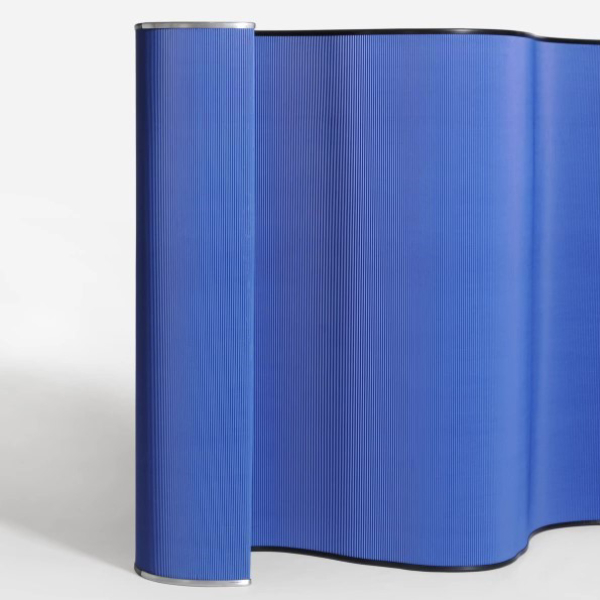
The “massification” of the Eighties meant that knowledge in terms of art, design, culture, economy and society became common. At the same time, little by little, a new personal dimension has formed, the rediscovery of the intimacy of the individual, inside and outside of oneself, in its positive and negative aspects.
In all cases, and in every direction, the great Internet revolution did the rest.
In a nutshell, the nineties saw together the triumph of the most superficial aesthetic trends of the previous decades, in a revival key, and simultaneously with their apogee, their crisis, their fall and the timid birth of new trends, of new awareness. They will then be the new horizons of the following decade.
In a situation so characterized by versatility, everyone felt free to express their personal attitude or, in the case of organizations, corporate ones.
There are those who have opted for the form, some for the function, some for innovation. They made bold choices and kept a more sober profile. Among the many hypothetical choices, we have selected four objects that in different ways represent precisely this diversity of vision. The first on our list is the famous “Cartoons“, the design screen by Luigi Baroli, winner of the Compasso d’Oro award in 1994: an iconic, self-supporting and sumptuous partition wall, which perhaps for the first time brought a timid ecological awareness in the circles of many.
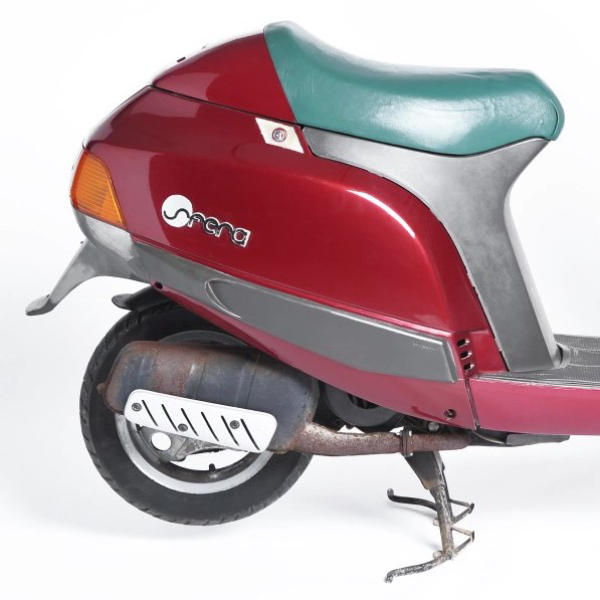
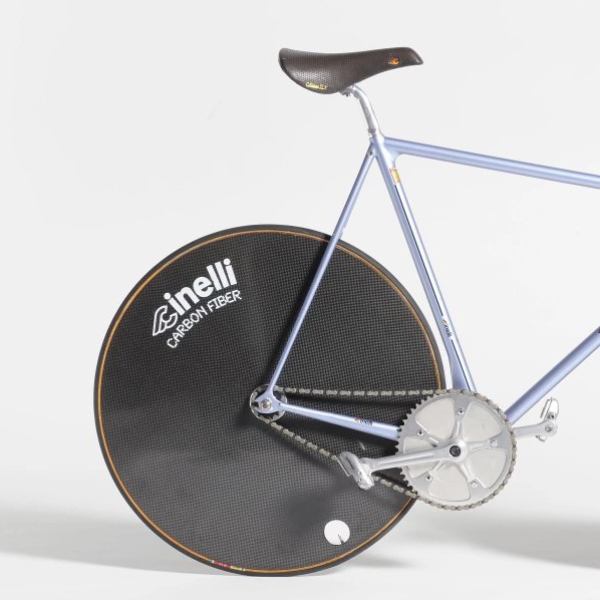
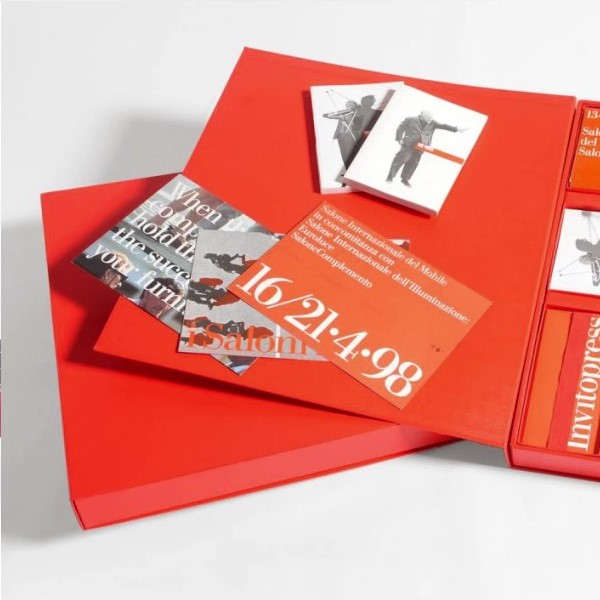
The Multimedia Archive of the designers Giovanni Anceschi Valeria and Bucchetti Matteo Bologna, winner of the award in 1998, is characterized by the sobriety of the lines and the extreme functionality of the object. The flagship of Made in Italy design in the field of communication and branding, the Archive represented one of the most effective applications of the most modern technical skills of the time in the production field.

Avant-garde and innovation that have found their apex in the creation of Cinelli’s New Evolution Laser bicycle. Futuristic lines, performance improvements and a synthesis between classicism and technology: the invention of designer Antonio Colombo Paolo Erzegovesi could not fail to win the prize in 1991.
What happens if you take the traditional lines of the Piaggio Vespa and completely transform them on the basis of the most modern technologies of the time, the most recent studies on the use of scooters, the social dynamics of the period and the aesthetic and fashion trends in the making? You end up creating one of the most characteristic and iconic scooters of the nineties, the Piaggio Sfera.
As the newspapers wrote at the time, “a way to perform the current society vertically and horizontally … with this male and female mixer”.
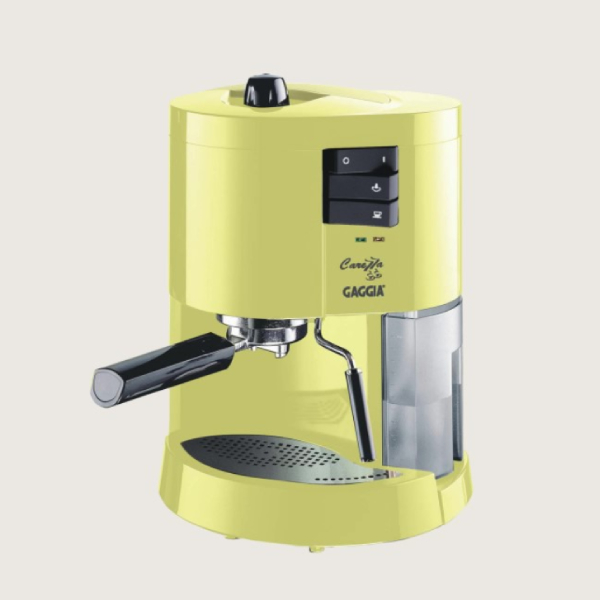
In the same way, with the same spirit of initiative that aimed to combine innovation and functionality, Gaggia launched some of its most avant-garde models on the market.
Among them, in 1991, the bestseller “Gaggia Classic“, a manual espresso machine that soon became an icon, and today it is still appreciated worldwide. Then, in 1993, the famous designer Makio Hasuike – already father to the Baby Gaggia – designed Gaggia “Paros” and “Tebe”. They had an outstanding look, with all functions visible, looking suspended, transparent, unhidden.
Then, the “Carezza” by Fabio Rezzonico made its debut in 1997 with its unforgettable soft shapes. A manual espresso machine with smoother and curved lines, instead of a straight silhouette. As in the 90’s plastic could be colored, Carezza was produced in various shades.
The world was ready for a new era. And our company too.
 Truly Italian Roots
Truly Italian Roots